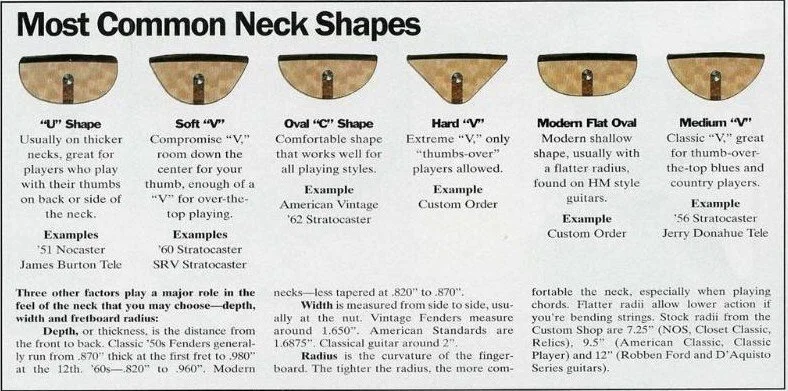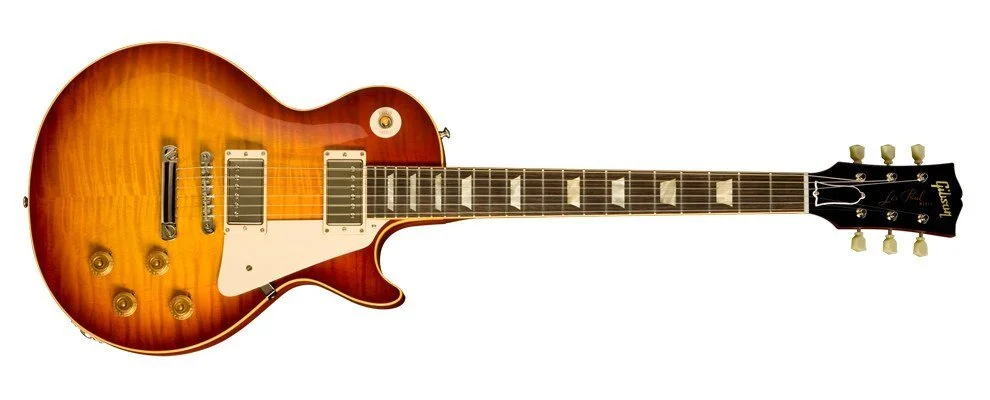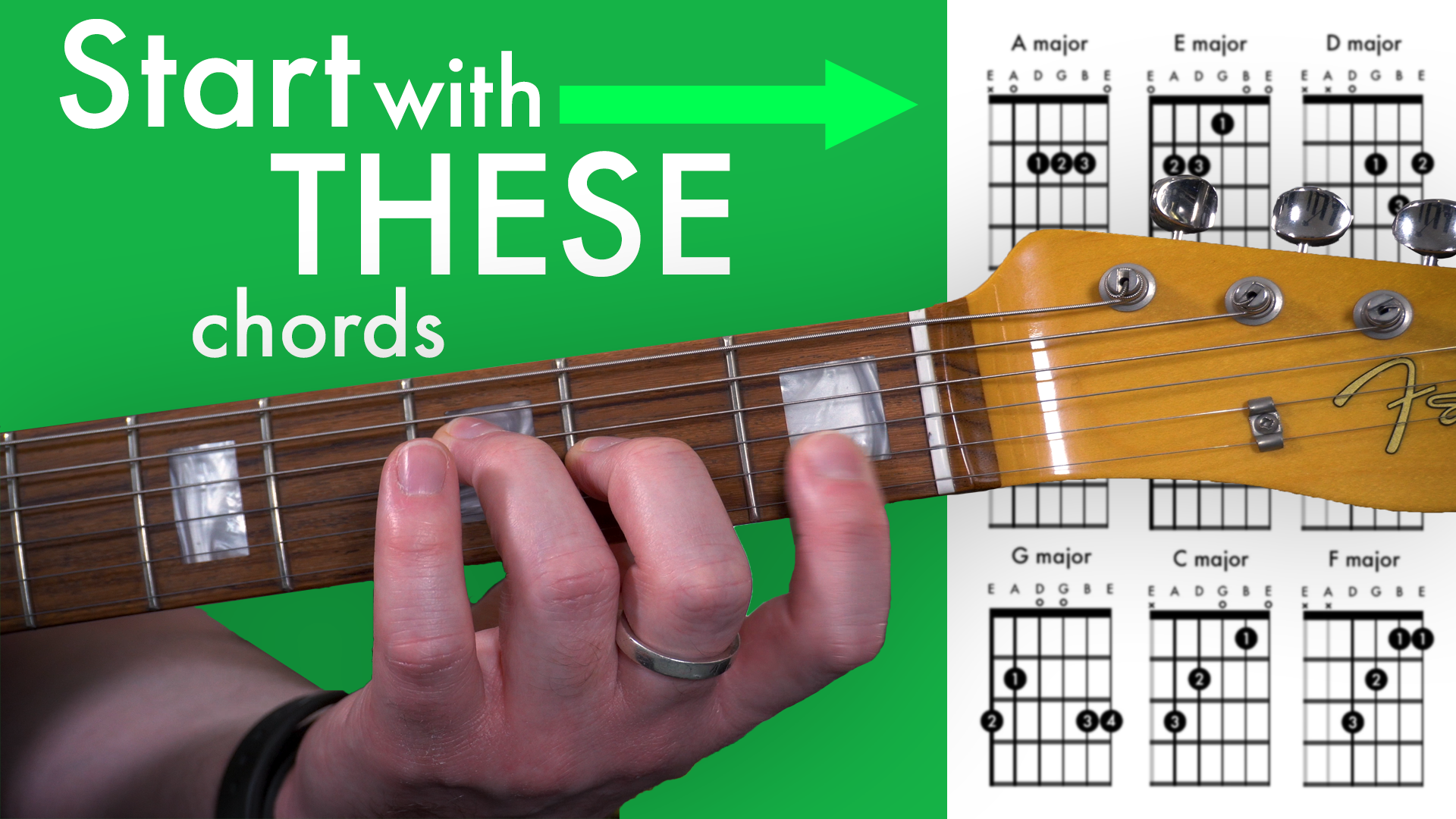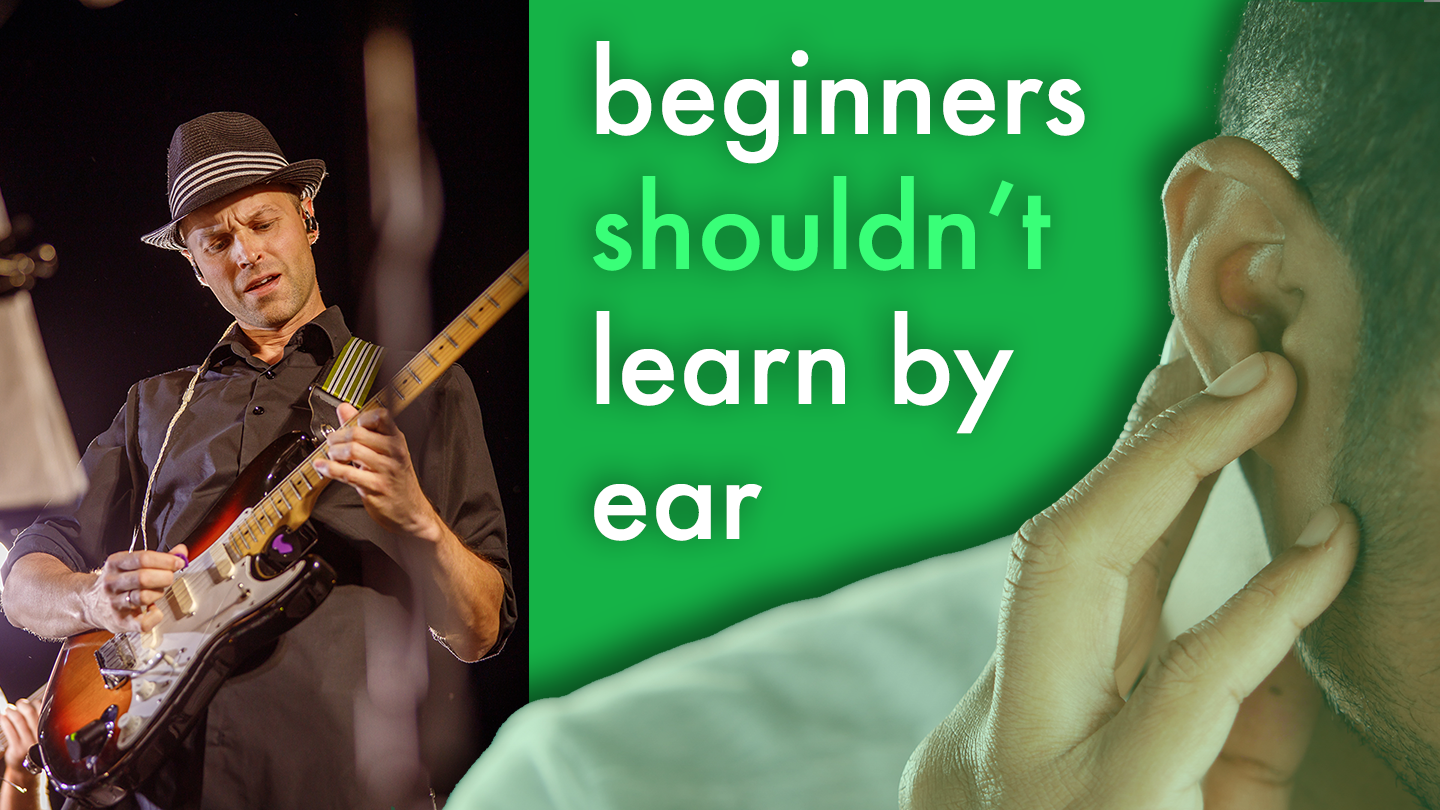Don’t Buy A Guitar Without Reading This First
Buying a new guitar is exciting! However, it can also be a little intimidating if you don’t know what you’re looking for. You’re spending a lot of money, there are so many options, and even when you’ve narrowed it down, what if you buy the wrong one? Here are a few things you should consider to make sure that the guitar you bring home doesn’t have any ‘personality traits’ that are going to cause you trouble later on. These are things I look for when I’m buying a new guitar, and reading through this list should give you confidence next time you walk into the music shop with your wallet out. If you’re not 100% sure what you are looking for, I would still recommend having an experienced guitarist take a look before you buy a guitar.
Getting along with your guitar
You’re going to be spending a lot of time together, so you need to make sure it’s comfortable. Here are a few things to consider when you are getting a feel for the guitar:
Shape
Size
Weight
Scale length
Neck
Guitars come in all shapes and sizes, and you will definitely prefer playing some more than others. My main acoustic guitar is a Crafter JE36/N (below), and it has what’s known as a ‘Jumbo’ shape. As far as acoustic guitars go, it’s pretty big! Especially when you compare it to something like Ed Sheeran’s signature guitar (above).
Electric guitars have even more variety, although most are based on the two most well-known shapes: the Fender Stratocaster and the Gibson Les Paul. These guitars both feel extremely different to play, so make sure you try both to get a feel for which you prefer. One of the biggest differences between the Stratocaster and the Les Paul is the weight. Most Les Paul guitars are extremely heavy, and are not as well-balanced as the Strat. You’ll find the neck will tip upwards when you’re holding it, and it will either be extremely annoying, or you won’t mind.
Another significant difference between the Fender and Gibson guitars is the scale length, the distance between the nut of the guitar and the saddle. The distance between each fret of a guitar with a shorter scale length (like a Les Paul, which has a scale length of 24.75 inches) will be shorter than the distance between the frets of a guitar with a longer scale length (like the Stratocaster, which has a scale length of 25.5 inches). If you’ve got smaller hands, this is something you want to consider.
The shape of the neck can also affect the way a guitar feels to play. Les Paul’s generally have quite a chunky neck that takes up a lot of space in your hand. The other extreme is something like an Ibanez RG, which has the thinnest and flattest neck Ibanez could create. There are quite a number of guitar neck shapes available, and they all feel different to play. Check out this image from My Cool Guitars to get an idea of the differences in shape.
Ask the guitar the hard questions
Once you have an idea of the feel of an instrument, it pays to check out the technical stuff to make sure the guitar is a quality instrument, and in good working order. You’ll want to be looking at the:
Action
Intonation
Frets and note clarity
Neck Straightness
Tuning stability
Action
Action refers to the distance between the strings of the guitar and the fretboard. If a guitar has ‘low action’, the strings will be extremely close to the fretboard. This often makes the guitar easier to play, and most shredders have guitars with extremely thin necks and low action. When the action is too high, the guitar can be hard to play because you have to push the strings further down to get a good sound. When you are learning, make sure the action on your guitar isn’t too high. You don’t have to give up because you’re having a hard time getting your chords to sound good when the problem could easily be fixed. Make sure the action can be adjusted to your liking before you buy a guitar. This one thing will have a huge impact on how it feels to play, and if it isn’t able to be adjusted, don’t buy it.
Intonation
Intonation refers to how accurately the guitar stays in tune as you play notes further up the fretboard. If your intonation is out, everything you play above the third fret will sound terrible (depending on how bad the intonation is), so it’s a good idea to get it right. Use these steps to check the intonation of your instrument:
Tune the open string
Play the note at the 12th fret of the same string (one octave higher from the open string)
The note at the 12th fret should be perfectly in tune on all the strings. If it’s not, it means the intonation of your instrument needs adjusting. Again, don’t buy a guitar if the intonation cannot be set correctly. You will regret it.
Frets And Note Clarity
If the frets of the instrument you are buying are damaged or worn down you will need to replace them. You won’t have this problem when you are buying a new instrument, however, you still need to check the frets for note clarity. You should be able to play every single note up and down the neck of the guitar and hear zero fret buzz or dead notes. If you do hear fret buzz or dead notes, it is likely that the neck or the action needs adjusting. If you really want to take the instrument through its paces, try bending notes at different points up and down the fretboard, listening for fret buzz or dead notes.
Straightness Of The Neck
The straightness of the neck affects the action of the instrument at different points up the fretboard. If the action is extremely high at the 12th fret but not at the first fret, your guitar probably needs a neck adjustment. Do not try this yourself unless you know what you’re doing. You could easily damage your instrument. Check the straightness of the neck by holding the body of the guitar and looking down the bass and then the treble strings. There is a great slideshow at the end of this article that shows what this looks like.
Tuning Stability
If your guitar keeps going out of tune, you’re not going to be inspired to play. So make sure you check the tuning stability of any instrument you are planning on buying. The machine heads shouldn’t stick as you turn them, and the guitar should stay in tune during normal use (including normal string bending on an electric guitar). As a general rule, stay away from any kind of Floyd Rose bridge unless you are planning on spending more than $1,500. Also, any tremolo system on a cheaper guitar is likely going to be too unreliable to use for any kind of performance. You’ll just end up with a guitar that’s out of tune.
Do you really need that amp?
If you’re buying an electric guitar, you may want to consider using your cash to get a more expensive instrument and not worry about an amp. A more expensive instrument is generally going to be more reliable, nicer to play, and you don’t necessarily have to plug it in to practice. I haven’t owned an amp for over 10 years, and I have two high-end electric guitars. When I’m practising or recording, I usually just plug them straight into my computer and use the guitar effects in my recording software. I’ve also been fortunate enough to have always had access to decent guitar amps every time I’ve needed one for a gig or a performance.
Why you should buy a secondhand guitar
Another benefit of spending more on an instrument, and not having an amp, is that you will likely be able to buy a higher quality guitar secondhand. High-end guitars don’t lose their value unless they’ve been mistreated, and if you know what you’re looking for, you can get some amazing deals. I got my Strat for $1,600 when it was retailing for $3,200. I also helped another friend buy a $1,200 acoustic with a case for $600 from Trademe. They were just thinking of getting an entry-level guitar from a store for $500, which would not have held any resale value, but instead, they got a professional quality instrument for roughly the same price. If they ever did want to sell it, they could probably even make a profit!
There can be more risk involved with secondhand guitars. I once bought an acoustic off Trademe but decided I didn’t like it. I sold it and brought the Crafter I have now. I purchased it brand new and after playing it almost every day for five years, it feels amazing! Secondhand instruments often have this ‘played in’ feel, so you don’t have to play them for a few years before they begin to feel incredible. If you do want to go the second-hand route, do your research, or make sure you run everything by someone who really knows what they are talking about. You’ll likely get an amazing deal!
What’s been your experience buying guitars? Maybe you got a sweet deal? I hope you didn’t get ripped off? Maybe you’re looking at getting a new guitar but are not sure what to buy? Leave a comment below and we’ll try and help you out!







A guitarist who has learned all the notes on the fretboard: Can more effectively learn scales and chords; Has a better understanding of keys, intervals, and scale degrees; Is able to more easily memorise songs; Has a greater capacity to understand music theory; Is more effectively able to develop their aural skills; Gets ‘lost’ far less frequently when they are improvising on the guitar.